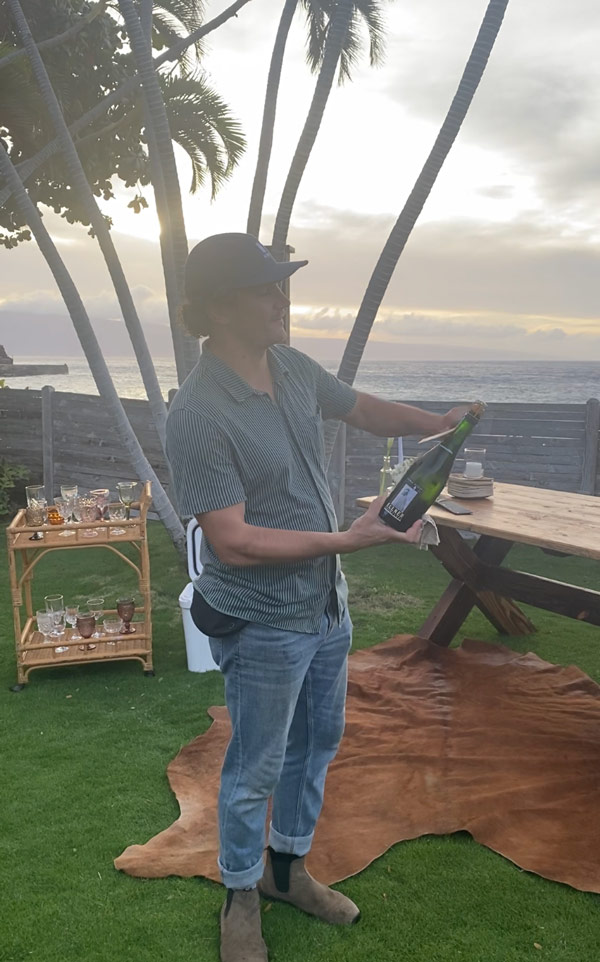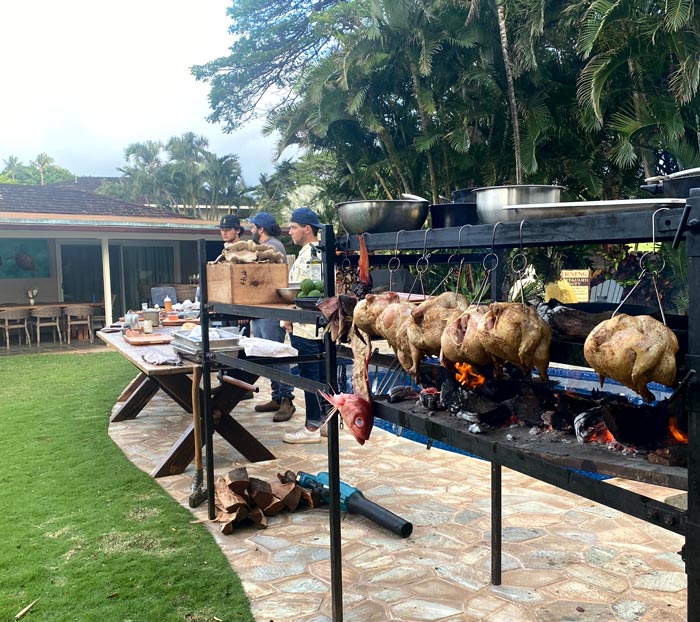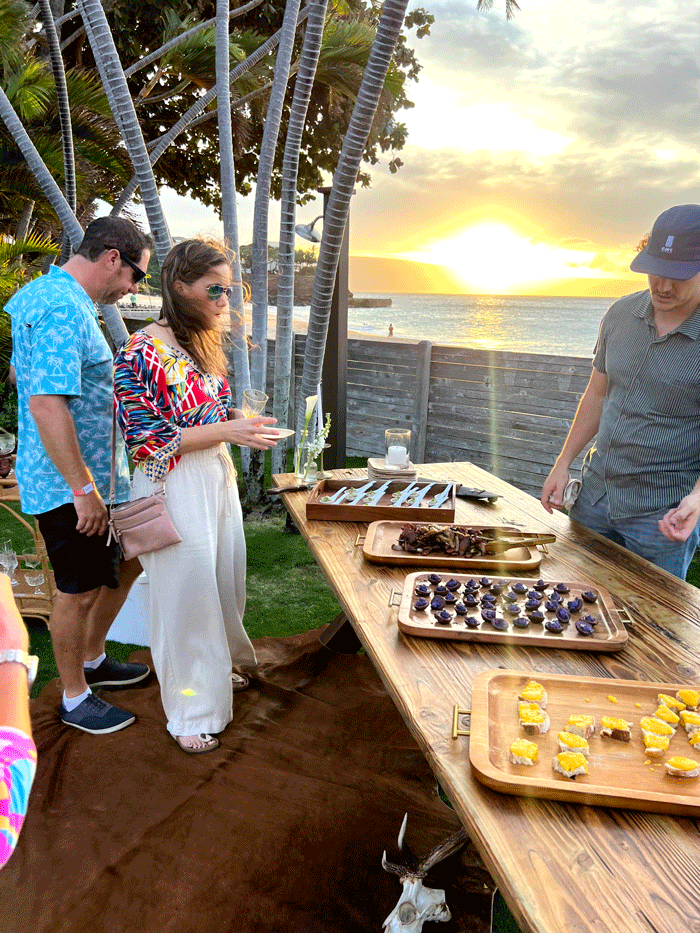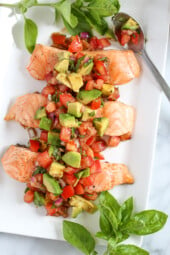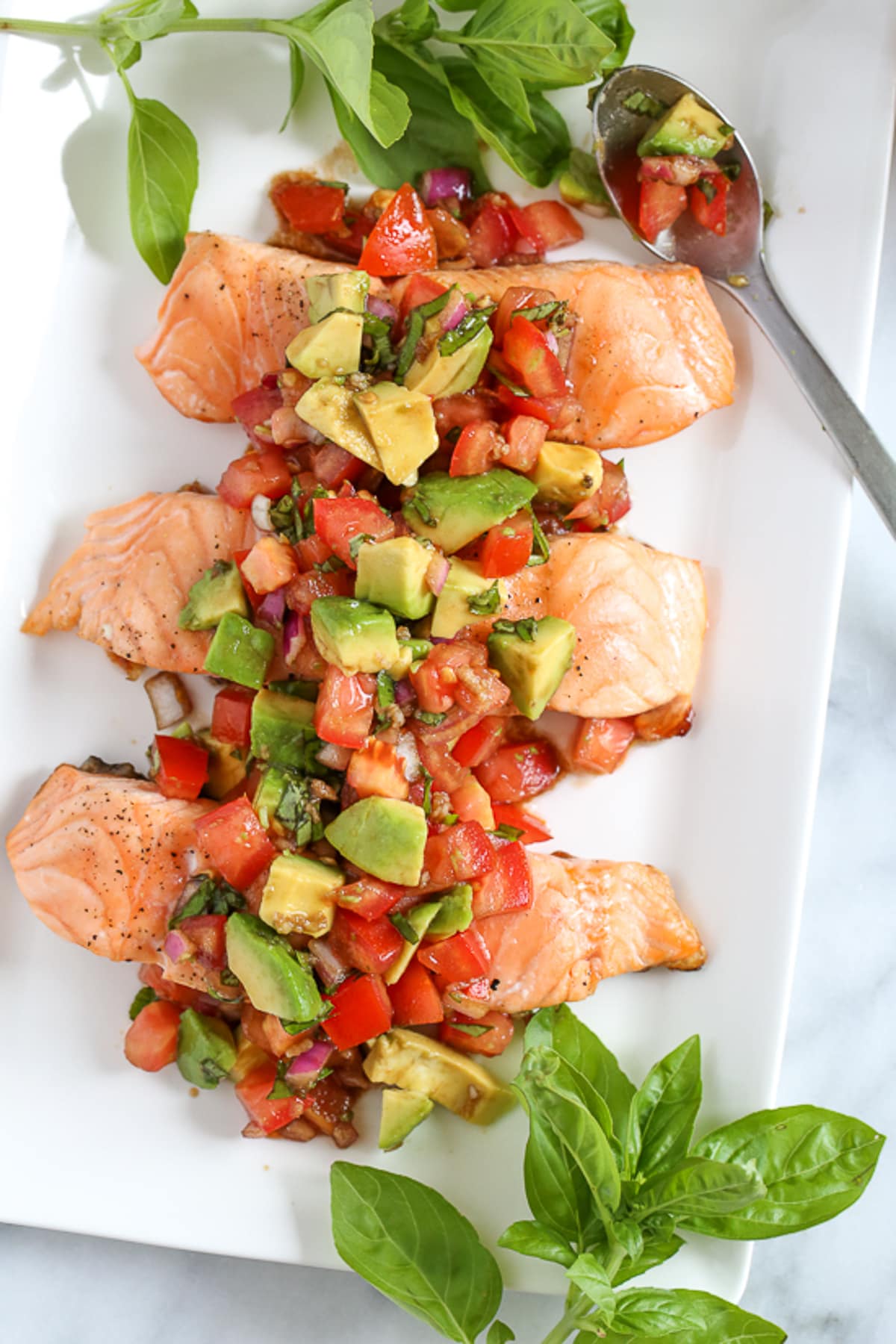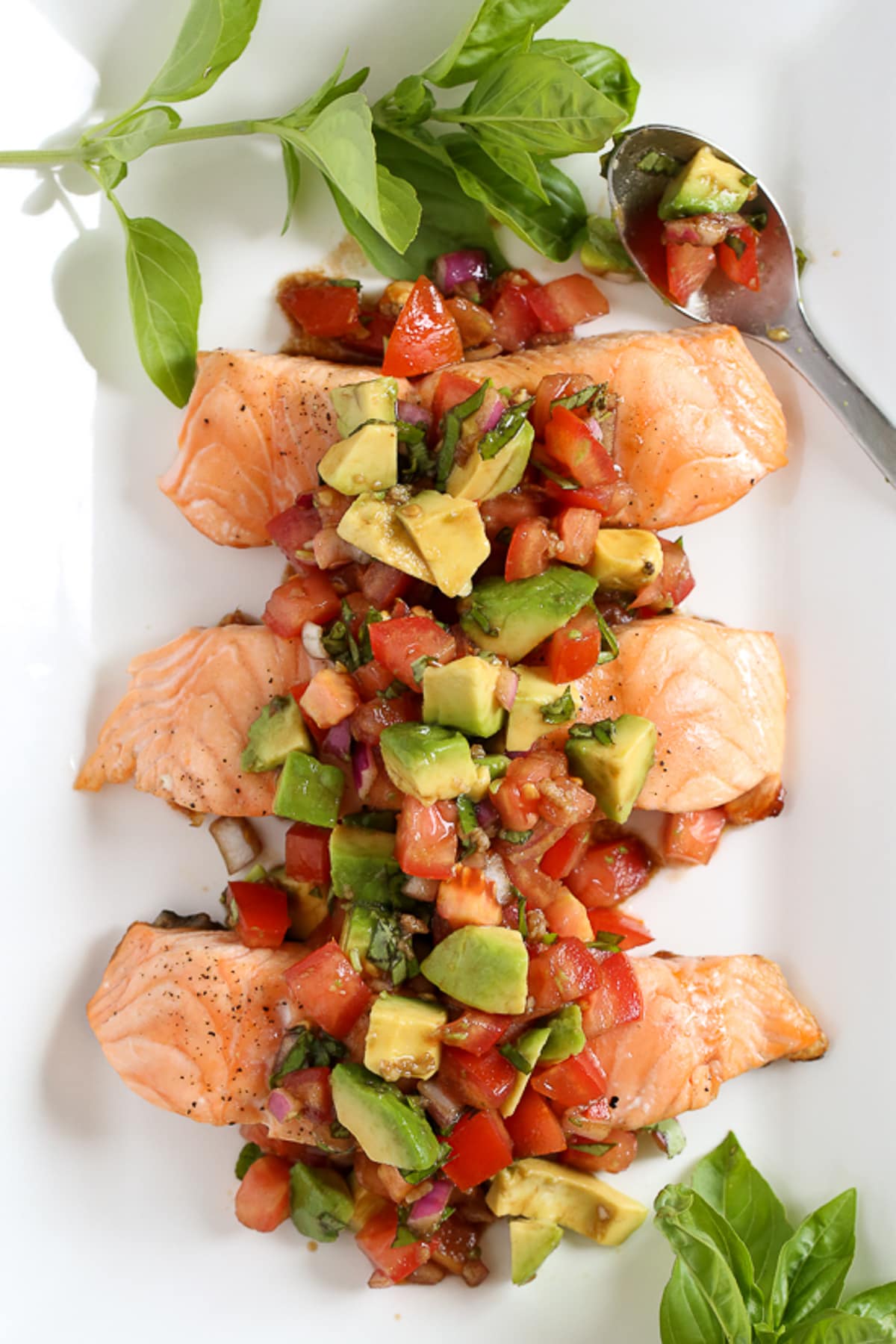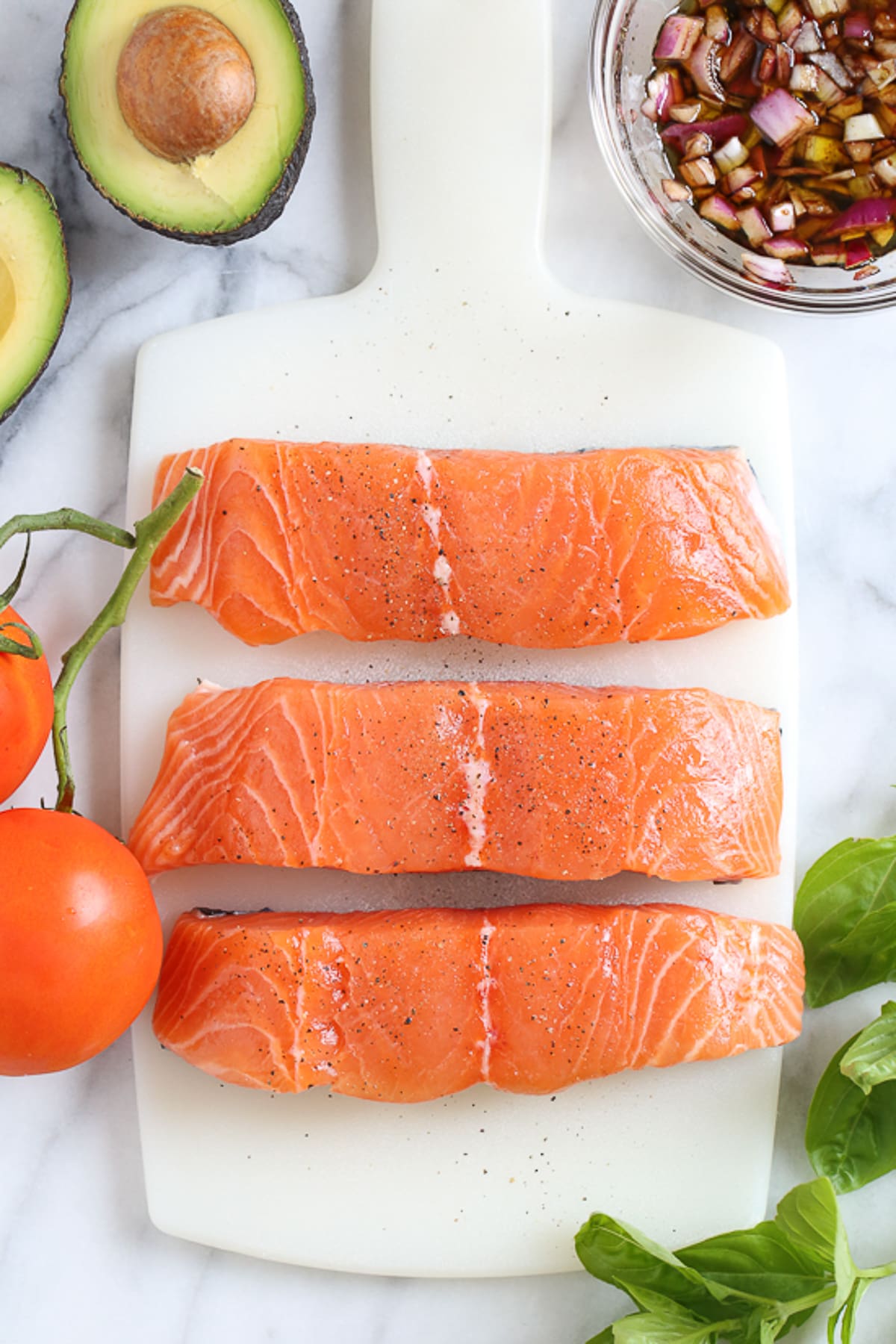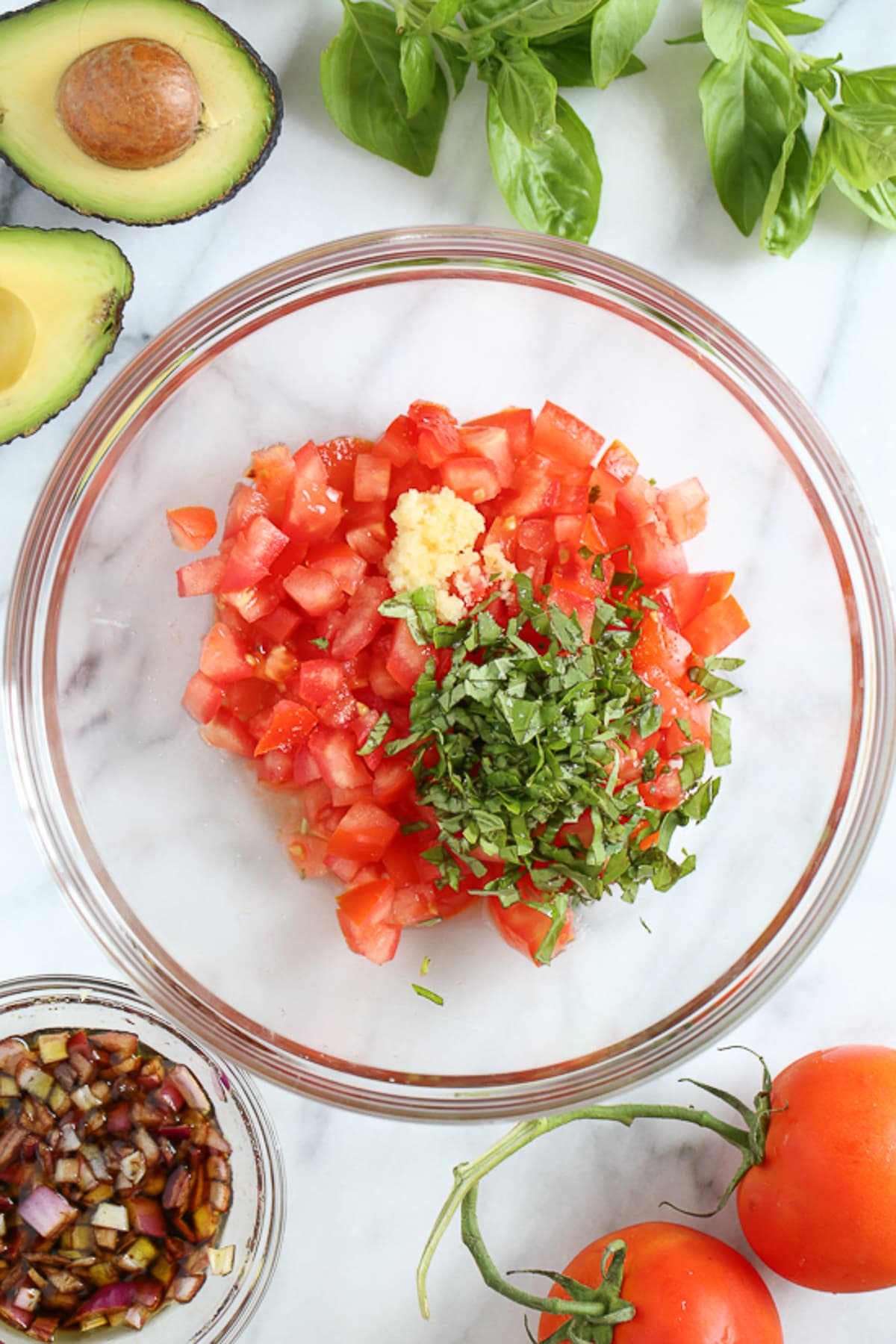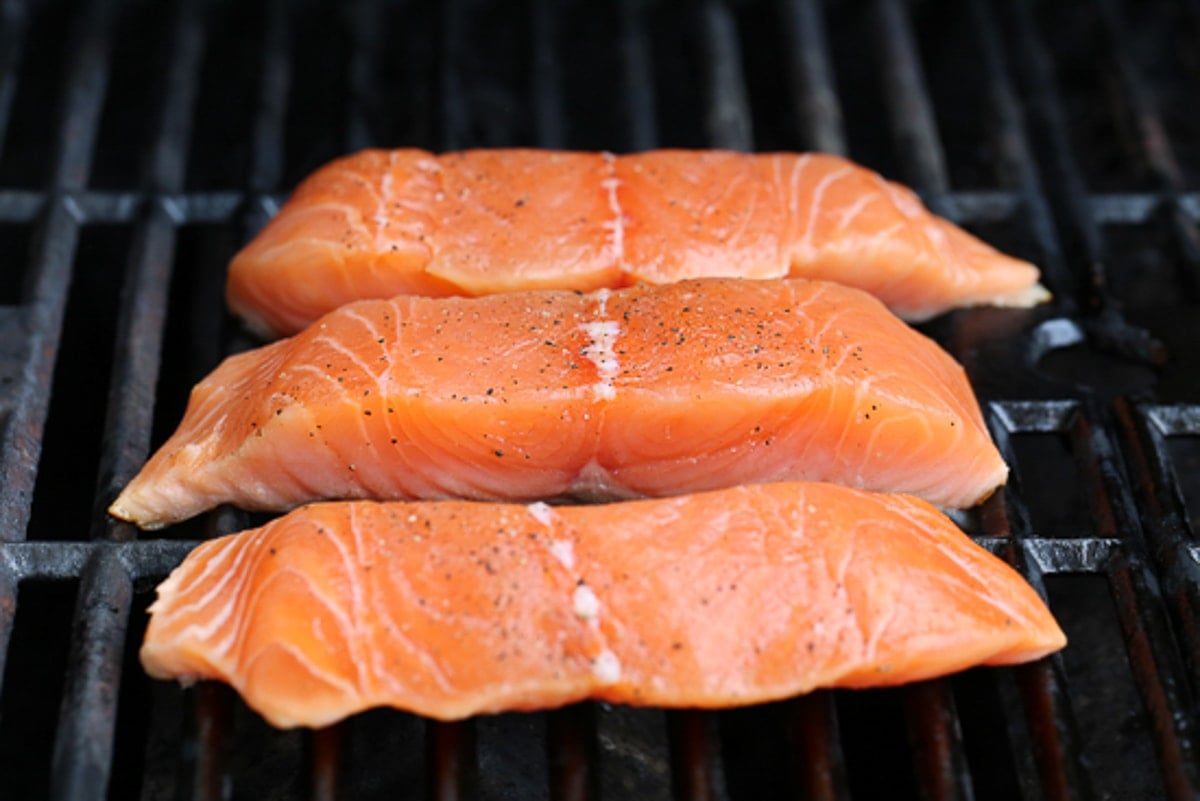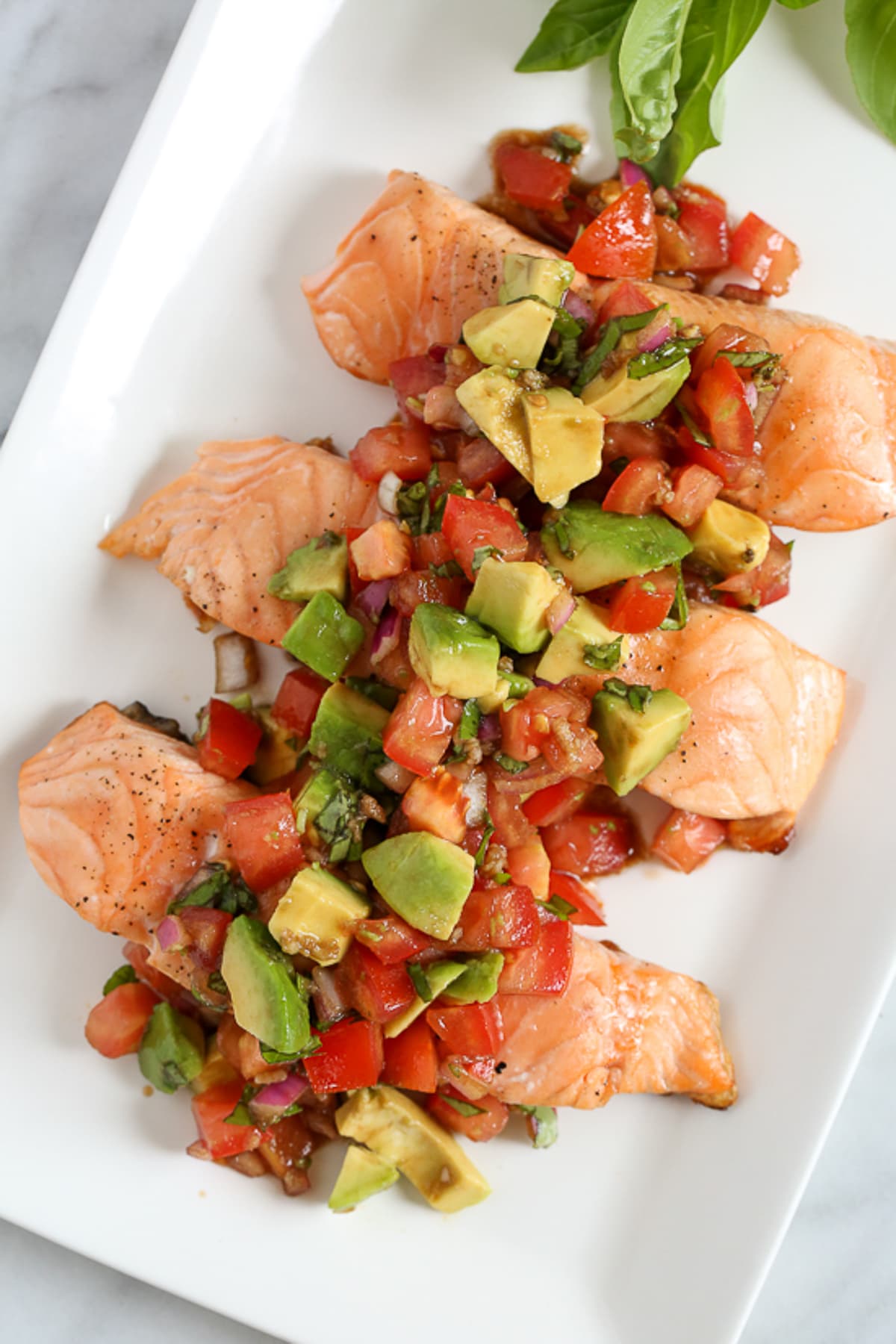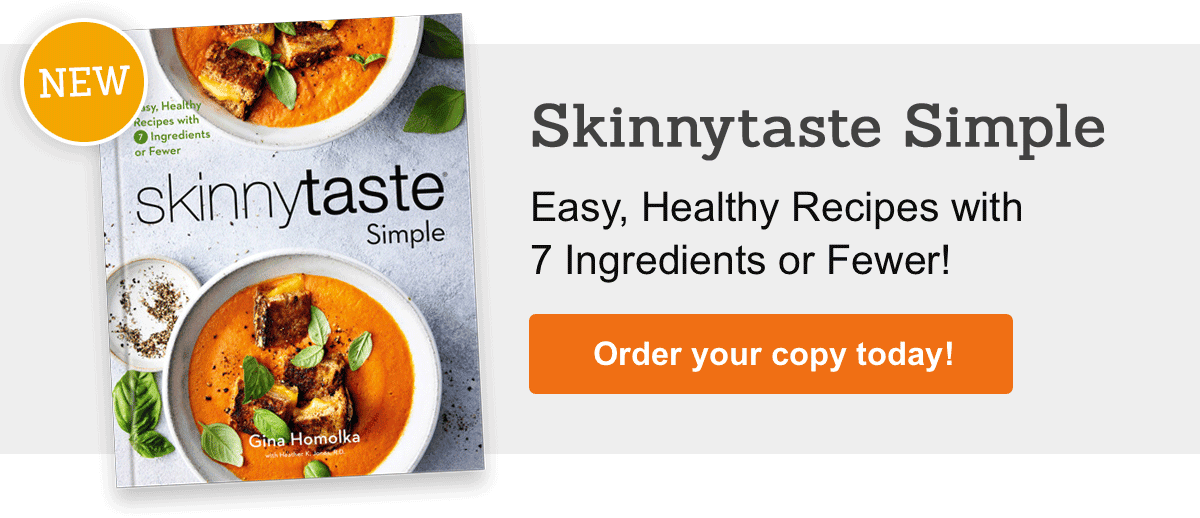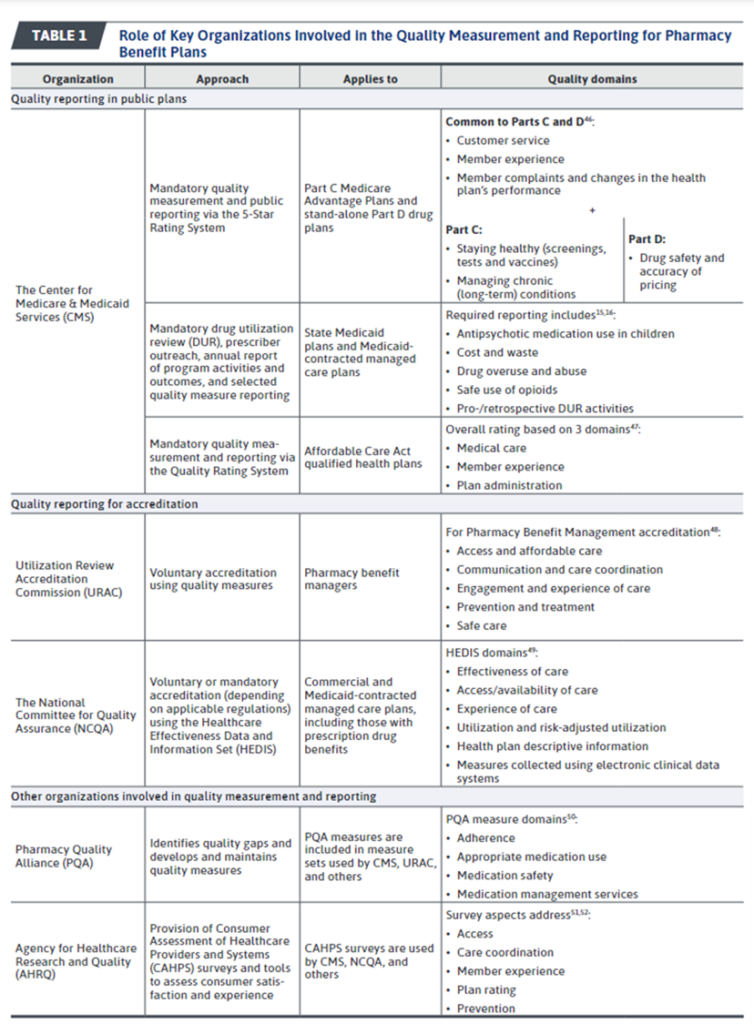Join Dr. Casey Meanas at Wanderlust Palmaïa in Playa del Carmen, MX — Dec 7-10, 2023. She’ll be sharing talks on metabolic health, joining live podcast recordings, and also giving a plant-based kitchen demo! Join us!
Brain fog, fatigue, constant exhaustion. Sound familiar? Yeah, you, me and apparently the entire modern world. What gives? Dr. Casey Means suggests it’s a problem with power: the cellular machinery that is set up to fuel our function isn’t working correctly, and frankly, it’s our fault (not our mitochondria’s). In an interview leading up to the release of her new book, Good Energy, we asked Dr. Means why metabolic dysfuntion has become so rampant and the shifts she recommends taking to get our cells firing properly once again.
Wanderlust: Metabolic health is a relatively new concept in the wellness world. What would you tell someone who’s never heard of metabolic health about why it matters and why this became your primary focus?
Dr. Casey Means: Metabolic health is the foundation of all health. This is because every one of our 40+ trillion cells require energy to do their work, and that energy comes from metabolic processes. It comes from how we convert food energy to cellular energy—this is metabolism. In 93.2% of American bodies today, metabolic dysfunction is present. That percentage should be close to 0%!
This means that in the vast majority of American adults, there is a problem with how our bodies fundamentally power themselves.
This is the direct result of the modern industrial diet and lifestyle, which are synergistically hurting the metabolic machinery of our cells. Most significantly affected are mitochondria, which you might remember from high school biology are the “powerhouses of the cell.” Many synthetic environmental toxins hurt our mitochondria. Lack of sleep hurts our mitochondria. Refined sugars and grains hurt our mitochondria. Sitting too much hurts our mitochondria. Even chronic fear stunts our ability for mitochondria to do their best work.
When our metabolic machinery does not work properly, we are like underpowered machines, sputtering along to do the daily work of our lives. When our cells are sputtering to do the trillions of chemical reactions they need to do every day, this creates a struggling body… which emerges as symptoms and disease. So, it’s not surprising that 9 of the 10 leading causes of death in the United States right now are fundamentally rooted in metabolic dysfunction. Our diet and lifestyles are killing us, and they’re killing us because they’re hurting our metabolism.
This is my mission in life to evangelize. And I believe that until the healthcare system orients around metabolic optimization, we will keep getting sicker, and no amount of meds, surgeries, or increasing healthcare dollars are going to fix it—unless we shift to focusing on the right problem.
As individuals, to revolutionize our energy, minimize our symptoms, have sharp bodies and brains, and live long healthy lives, a focus on metabolic and mitochondrial health is foundational. We have to power ourselves properly before we can do anything else.
WL: Who or what has been the biggest influence on guiding your studies in health and medicine toward cellular health?
CM: The biggest influences for me have been the forward-thinking, fearless medical leaders who have put the pieces together of functional medicine, the concept of “food as medicine,” and metabolic health. I am indebted to the friendship and collaboration with Drs. Mark Hyman, Robert Lustig, David Perlmutter, Sara Gottfried, Dom D’Agostino, Terry Wahls, Ben Bikman, Molly Maloof—their writing and content has changed my life. Follow all of them and read their books and watch your life get better!
There are many others as well, like Drs. Jeffrey Bland, William Li, Howard Luks, Chris Palmer, Steve Gundry, and many others…
I also admire so many of the content creators and thinkers who have pushed the ball forward in health, like Jeff Krasno, Shawn Stevenson, Kayla Barnes, Mona Sharma, Ben Greenfield, Dave Asprey, Louisa Nicola, and more.
I am also deeply inspired by the regenerative farming community and leaders, like Molly Chester at Apricot Lane Farms, Will Harris at White Oak Pastures, and Jesse and Ana Smith at White Buffalo Land Trust.
WL: People don’t often turn to their doctors for recipes. Have you always had a wont toward cuisine/a talent in the kitchen? Do your explorations in the kitchen act as a counterpoint to your medical pursuits, or do you find the two elements to be complementary?
CM: I have been inspired by the power of food since an early age. As an undergraduate at Stanford, I studied nutrigenomics, which planted the seed for helping me understand how food compounds can actually change our gene expression, and that our genes along are not our destiny. In fact, it is the interaction between the environment, what we put in our bodies, how we live, in conversation with our genetic code that determines our fate.
When I was a young child, I was very overweight, and at 14 I went down a path of learning all about nutrition, reading tons books from the library, studying science, and starting to cook my own food and eliminate processed food. The weight came off fairly effortlessly, and this deeply entrenched in me the power of real rood.
Something we don’t think about often is that the body is 100% entirely made of food. Every atom in our body is made from food. Essentially, pregnancy is the process of 3D printing a human from food in the mother’s body! It’s incredible! And it’s not only the building blocks for the body, it’s also the instructions and serves as information that goes into the body to tell the body what to do.
As such, I’ve always had a sense of deep awe at the fact that eating, and cooking, is basically the transmutation and transformation of environmental energy into human energy… environmental matter into human matter… Environmental potential into human potential… It’s all one, it’s all connected, and the quality of the food becomes the quality of our lives.
Food, eating, cooking, gardening… it’s inextricably linked to the human body and to human health, and I think our healthcare system would be a lot more functional if doctors saw things this way.
There’s no getting around the fact that we are what we eat, and what we’re eating in the country in the United States these days is ultra processed, industrially manufactured, lifeless, nutrient depleted, and covered and filled with toxins. It’s so obvious why we’re sick, and what we need to do to fix it. It starts with food.
WL: What’s the one thing that a person can do today to level up their metabolic health?
CM: Buy food from a farmer’s market! Eating unprocessed food that’s been grown in healthy thriving soil is the best possible thing you can do for your health.
WL: What is your favorite wellness modality: from yoga to cold plunges, red light therapy to acupuncture… is there one that you’d never want to leave behind in your journey?
CM: Too many to count! One of my favorite things to do in any cold environment is to find a body of frigid water and jump in it to get my free cold therapy. This might be an Alpine Lake in Wyoming during a hiking trip, a glacier Lake in Montana during a company off-site, an icy river in the middle of winter when visiting friends in Bend Oregon… I can’t help but jump into cold bodies of water! I also don’t go anywhere without ear plugs, an eye mask, turmeric, magnesium, l-theanine, lavender essential oil, and valerian root. You never know what the sleeping conditions are going to be when you’re traveling, and having my little sleep set is incredible!
—

 Casey Means, MD is a physician, Chief Medical Officer and Co-founder of metabolic health company Levels, Lecturer at Stanford in Food, Design, and Technology, Associate Editor of the International Journal of Disease Reversal and Prevention, and author of Good Energy: The Surprising Connecting Between Metabolism and Limitless Health.
Casey Means, MD is a physician, Chief Medical Officer and Co-founder of metabolic health company Levels, Lecturer at Stanford in Food, Design, and Technology, Associate Editor of the International Journal of Disease Reversal and Prevention, and author of Good Energy: The Surprising Connecting Between Metabolism and Limitless Health.
Her mission is to maximize human potential and reverse the epidemic of preventable chronic disease by empowering individuals with tech-enabled tools that can inform smart, personalized, and sustainable dietary and lifestyle choices. Dr. Means’s perspective has been recently featured in the Wall Street Journal, New York Times, Men’s Health, Forbes, Business Insider, Techcrunch, Entrepreneur Magazine, The Hill, Metabolism, Endocrine Today, and more.
Website | Instagram

